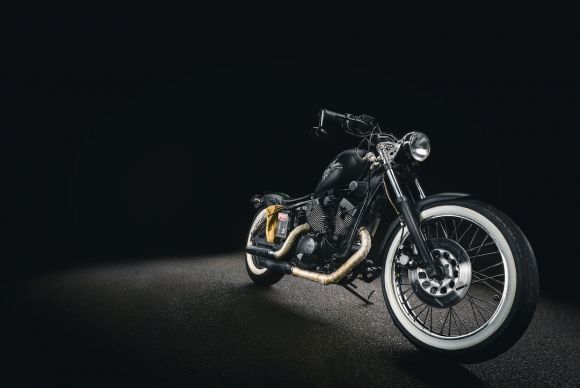Motorcycles are a thrilling mode of transportation that offers riders a sense of freedom and excitement. However, it is crucial for riders to understand the importance of using their motorcycle brakes properly. Proper brake usage can not only enhance safety but also contribute to a smoother and more enjoyable riding experience. In this article, we will explore some essential tips on how to properly use your motorcycle brakes.
Understanding the Braking System
Before we delve into the specifics of using your motorcycle brakes, it is essential to have a basic understanding of the braking system. Motorcycles typically have two types of brakes: the front brake and the rear brake. The front brake is responsible for the majority of the stopping power, while the rear brake aids in stability during braking.
1. Applying the Brakes Gradually
One of the most important things to remember when using your motorcycle brakes is to apply them gradually. Sudden or harsh braking can lead to loss of control and potentially cause accidents. Instead, gently squeeze the brake lever or press the brake pedal to engage the brakes smoothly.
2. Utilizing Both Brakes
To achieve the best braking performance, it is crucial to utilize both the front and rear brakes. Applying only one brake can result in an imbalance and affect stability. When coming to a stop, apply both brakes simultaneously, with more emphasis on the front brake. This technique ensures a more even distribution of braking force and prevents the motorcycle from tipping forward.
3. Modulating Brake Pressure
Modulating brake pressure is a skill that every rider should develop. Instead of applying the brakes with constant pressure, it is beneficial to modulate the pressure as per the specific riding conditions. Gradually increasing the pressure on the brakes while maintaining control can help avoid skidding or sliding on slippery surfaces.
4. Anticipating and Adjusting for Weight Transfer
Weight transfer is an inevitable phenomenon that occurs when a motorcycle decelerates or accelerates. When applying the brakes, there is a forward weight shift, which affects the handling and stability of the bike. By anticipating this weight transfer, riders can make subtle adjustments to their body position and brake usage to maintain control and stability.
5. Practicing Emergency Braking
Emergency braking is a skill that can save lives. It is crucial for riders to practice emergency braking maneuvers to develop muscle memory and reflexes. Find a safe and open space to practice sudden stops at different speeds. Gradually increase the difficulty level by adding obstacles or reducing the braking distance. Remember to maintain a firm grip on the handlebars and use your body weight to stabilize the motorcycle during emergency braking.
6. Regularly Maintaining Your Brakes
Proper brake usage is not only about how you use them while riding but also about keeping them in good working condition. Regularly inspect your brake pads, rotors, and fluid levels to ensure they are in optimal condition. Replace worn-out brake pads and have any necessary repairs done promptly.
In conclusion, properly using your motorcycle brakes is essential for your safety and the overall riding experience. By understanding the braking system, applying the brakes gradually, utilizing both brakes, modulating brake pressure, anticipating weight transfer, practicing emergency braking, and maintaining your brakes regularly, you can enhance your control, stability, and enjoyment while riding. Remember, safe riding starts with proper brake usage!
